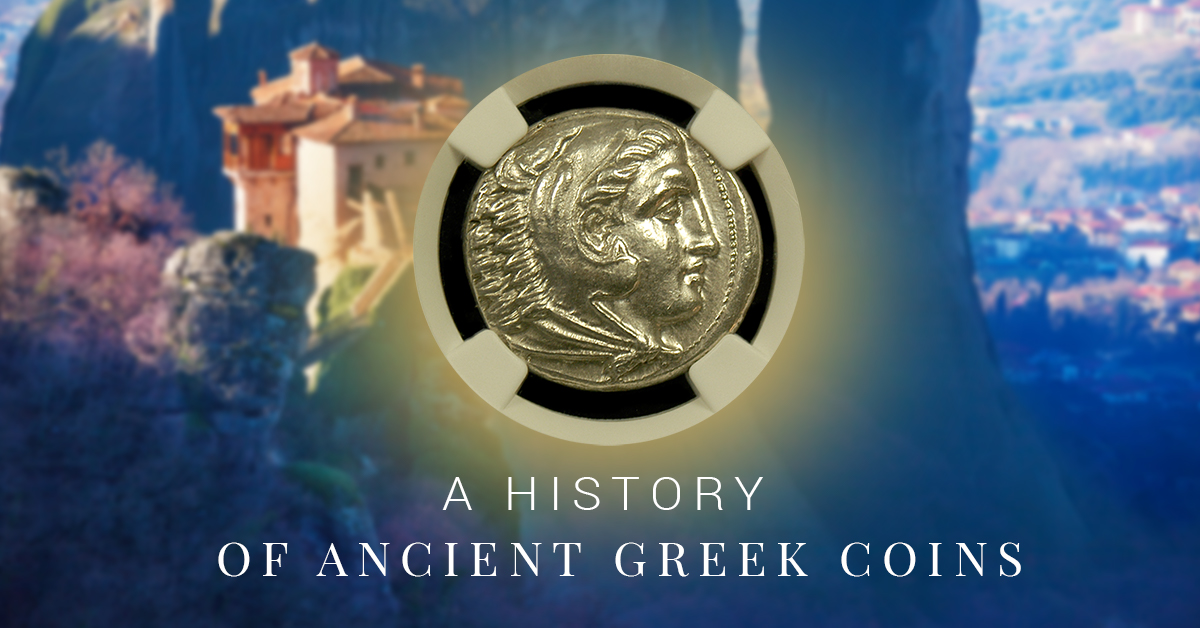A History Of Ancient Greek Coins

The Greeks are responsible for an awful lot. Democracy, delicious gyros, and coins. The ancient Greeks were one of the first civilizations to produce coins that were utilized for money. As a result, these ancient Greek coins are not only tempting for collectors due to their relative scarcity, but also the fact that they’re some of the world’s first currency.
Here’s the thing, though. If you’re looking to start collecting these Greek coins, it’s a hobby that requires a good amount of patience and a little luck. Over time, you’ll be able to get your hands on some compelling specimens. However, you need to come to terms with the fact that it is likely impossible to get a complete set without having the benefit of a time machine. Ancient Greece wasn’t the unified country that it is today. Rather, it was an assortment of city-states that had loose alliances and frequently battled one another.
These city-states were much like the countries of Europe, with their own independent governments, legal systems, and economies. As a result, there was no unified coinage, and each area adorned their coins differently. They had images of their gods, associated animals, local places and notable events.
During the Archaic period, from 800-480 BC, coins were initially minted at Lydia. This was a Greek city-state that rested directly across from the neighboring continent of Asia Minor, and was territory held by the Persians. It was a desirable area, which caused conflict to erupt between the Persians and the Greeks. Warriors employed by Greece were paid in coins minted from electrum, which was an alloy made from both silver and gold. As time went on, Greeks devised a way to separate gold and silver. This technology made its way across Greece, and more individual city-states were capable of making pure gold and pure silver coins. Silver coins became known as “drachmae,” meaning “a handful.”
Greece’s Classical period was from 480-323 BC. During that time, technological advances in minting took place. Each city state printed coins with their patron deity, such as Athens creating coins that honored Athena, the goddess of wisdom and battle strategy. They also created coins in larger denominations, such as the dedrachm, a coin that was worth 10 drachm. Additionally, the Greeks also invented commemorative coins. After a decisive military battle where athens defeated the Persians, a coin could be had that both celebrated the event and was used for propaganda purposes.
The Hellenistic period was from 323-146, and Greece was expanding its territorial reach. The Greeks claimed territory in lands like Afghanistan, Syria, Egypt, and parts of India. During this time, coins more often portrayed kings on one side, and the ruler’s coat of arms upon the other. As a result, this style of coin was soon adopted by other cultures and adapted to their liking.
No matter the region, these coins were utilized by the rich and poor alike. They might have been used to pay a ransom, finance the construction of a road, or buy a loaf of bread. If you’re lucky enough to get your hands on these coins, you have a small piece of living history.








